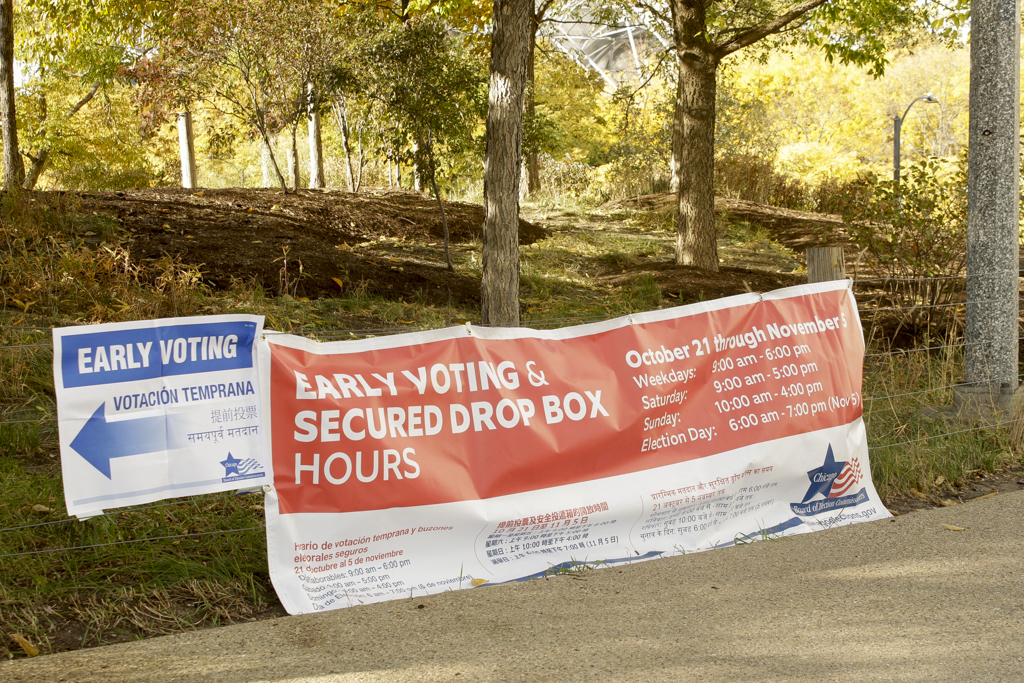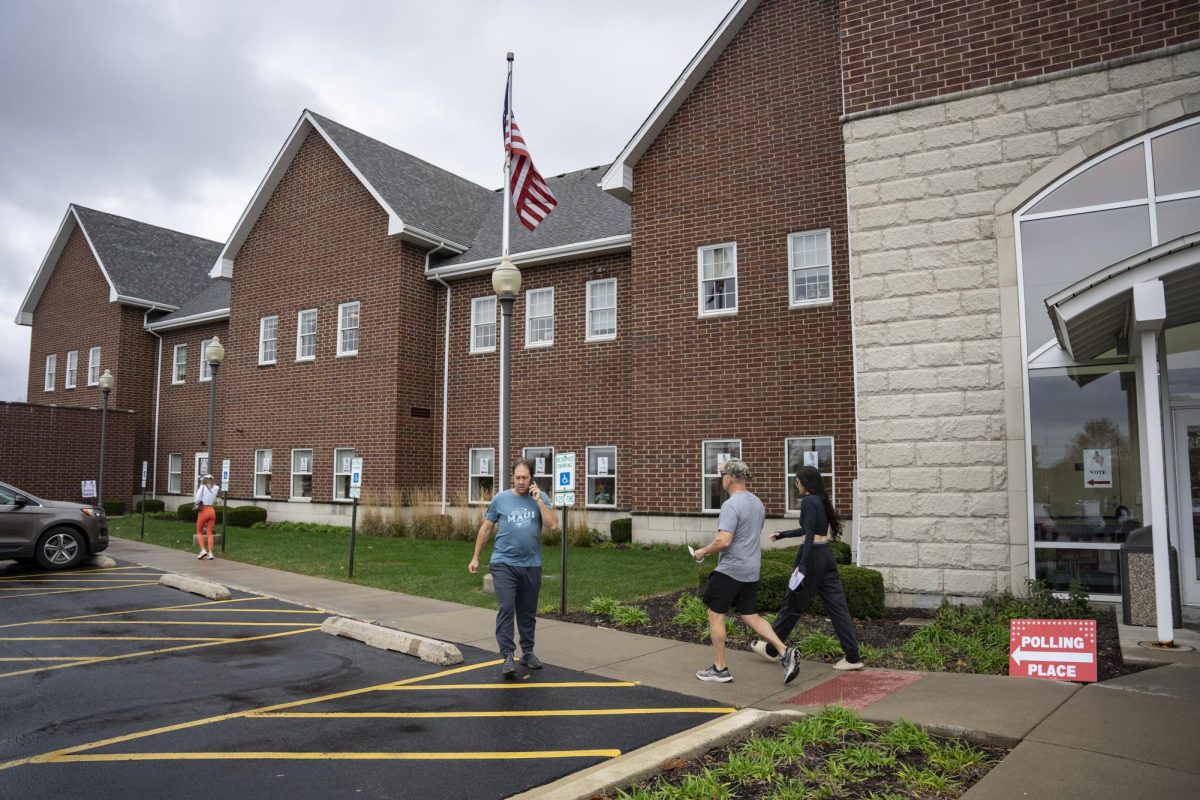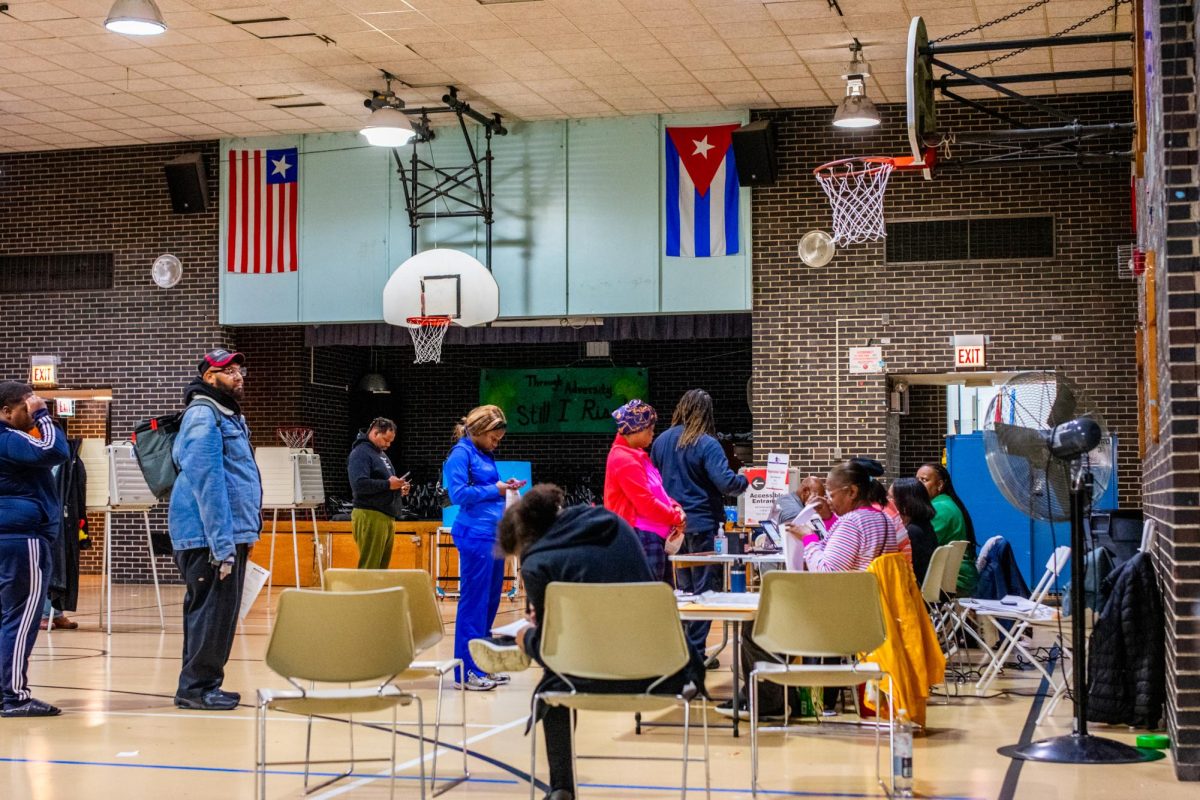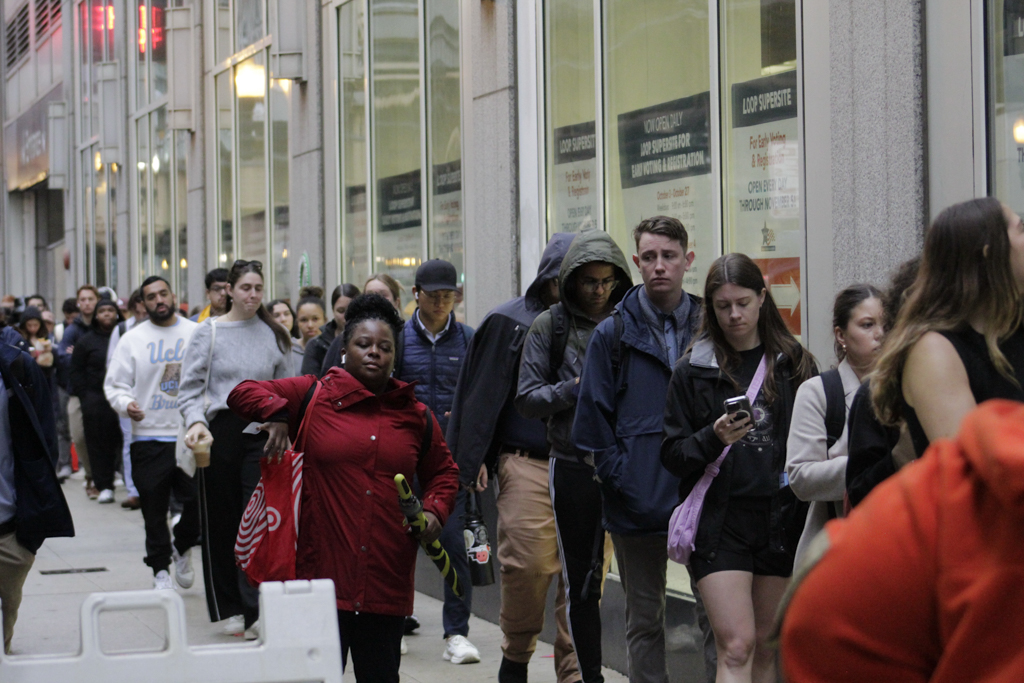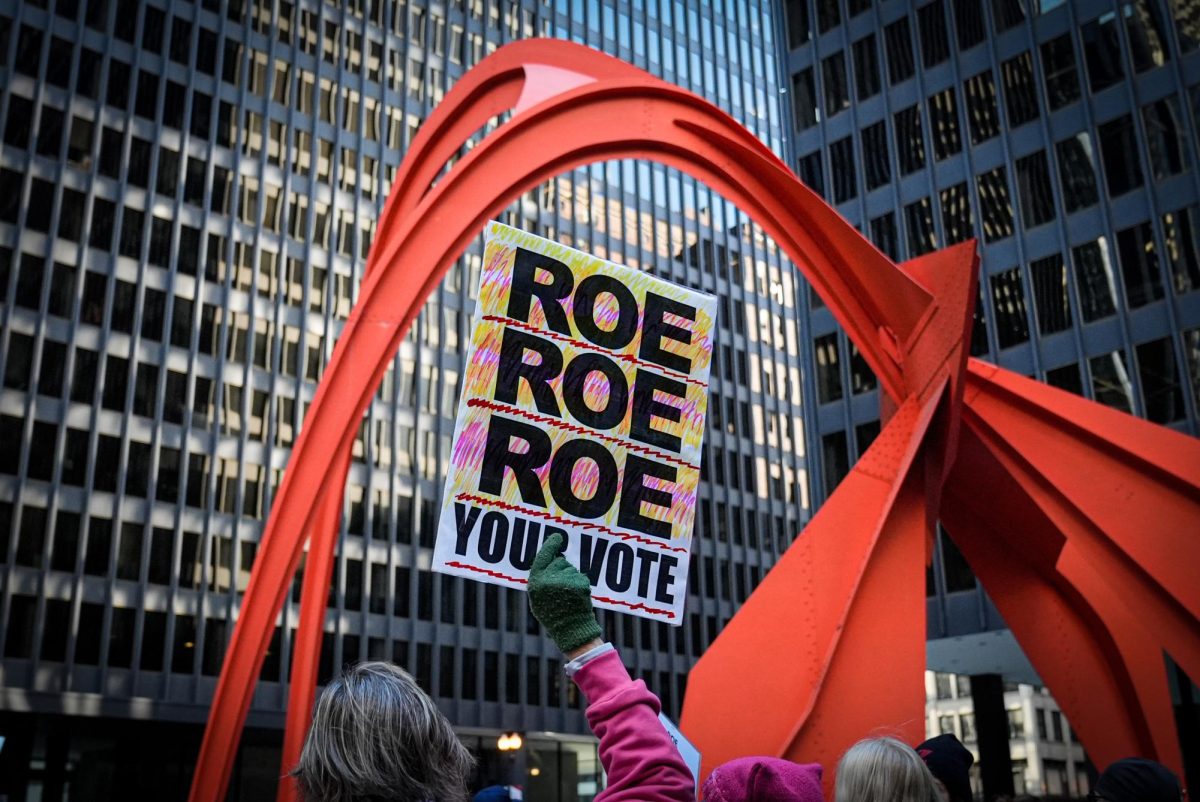Presidential candidates Vice President Kamala Harris and former President Donald Trump are using different advertising methods to target different demographics for their votes.
According to Thomas Eslinger, assistant professor of instruction in the School of Business and Entrepreneurship, Harris and Trump are pulling in target demographics by using tactics to cater to voters’ current beliefs, along with proposing new ideas that may persuade them.
Eslinger said they are using a “mix of the ads reinforcing the things that their followers already believe, giving them new messages to use when they are supporting them out in the world and mixed in with super-targeted multi-language, multi-race versions of very specific messages in very specific regions and cities.”
Before online political advertising had become popular for candidates, “pre-social media didn’t have the kind of super-granular data that we do now to base the placement and distribution of messages,” Eslinger said.
Harris has taken her digital advertising through several mediums—Google being one of them. Harris’ Google ads were made to look like real news articles, but when users in targeted geographic regions click the link when browsing Google’s search feed, they are met with pro-Harris messages written by her Democratic campaign.
These messages contain statements promoting Harris and hyperlink to different news outlets—but when directed to the hyperlink, the original statements from Harris do not appear on the news sites.
Trump has also used digital advertising through media like Facebook and Google, but his campaign has also run television advertisements supporting his anti-trans position, like opposing taxpayer-funded gender transitions for those in prison. The advertisements are airing nationally and locally in swing states during NFL and college football games, showing Harris on camera agreeing with taxpayer-funded sex changes for prisoners.
In Trump’s television campaigns, he uses taglines like “even the liberal media was shocked” and “Kamala is for they/them, Trump is for you.”
“Now that essentially anyone with a credit card can buy an advertising space, I would imagine that both campaigns are being pretty surgical with their media spending and messaging,” Eslinger said.
In 2008, one of the first presidential candidates to use social media as an advertising platform was former President Barack Obama. That year, according to the American Bar Association, $22.25 million was spent on online political advertisements from the candidates. By the 2016 election, the number would rise, and candidates would spend $1.4 billion on their online political advertisements.
For the current election, AdImpact has projected about $10.69 billion to be spent on campaigning across mediums—broadcast, cable, CTV, digital, national network, radio and satellite. This would be considered the most expensive political cycle in history.
There are rules governing political advertising. According to the Federal Election Commission, any sort of public communication made by a candidate must include a disclaimer, which differs according to the medium.
While the Federal Commissions Committee is responsible for regulating and administering rules regarding campaign advertising and political programming, they stated they do not generally review political advertisement content or ensure the accuracy of statements.
Political advertising is protected by the First Amendment and while there are rules governing advertisements trying to sell a service or product, they generally do not apply to political advertising.
Zachary Swerdlow, a first-year audio arts and digital design and production double major, said the political choices this election have been managed better than four years ago.
“Kamala is doing a really good job campaigning, which I appreciate. She’s playing it how it should be played,” Swerdlow said. “I think, I mean, I’m not a Trump supporter, but I think he’s definitely playing how he should be playing.”
Swerdlow also said that compared to previous Democratic candidates, like President Joe Biden and Hillary Clinton, Kamala has been very “smart” with her advertising tactics.
“A lot of people don’t want to vote for Kamala because she’s very much keeping her campaign very contained, so the Republicans have less to use against her, which I understand,” Swerdlow said. “But it’s definitely fair, because she didn’t campaign her positions until the debate as much as she could have, so a lot of people aren’t familiar with her policies the way they could be.”
They also said since Trump has been running for eight years, he’s “still appealing to his base.” They also said that even though Kamala has a plan, she needs to present it more to the public.
“’If someone isn’t or doesn’t have the time to actually research the way other people might, or that they could, they’ll still know about it,” Swerdlow said. “Whereas everybody knows, this is what Trump wants. This is what he’ll do.”
Harris is seen to be promoting her campaign through TikTok, hopping on trends that are popular with users and a younger demographic. Tyler Zolynski, a sophomore film and television major, said “Everyone is wanting to know who is behind the scenes,” on Harris’ TikTok account.
“I think it’s definitely Gen Z, or someone definitely younger than Harris running it, and it’s interesting to see that,” Zolynski said.
Ross Evans, a junior graphic design major, said Harris and Trump’s campaign tactics “seem to be completely different.”
“While Harris is keeping positive, focusing on how she’ll improve things that the younger generations care about, such as climate change and affordable health care, Trump is focusing on negativity and fear, exaggerating and using extremes to sway his voter base,” Evans said. “So I’d say she’s focusing on what’s going to get better with her, while he’s focusing on what’s going to get worse without him.”
Evans also told the Chronicle that he has seen Harris’ advertising team aim towards Generation Z and young millennials who care about social justice-related issues, while he has seen Trump’s advertising team aim towards Generation X and “older voters” who “generally seem to care more about losing certain freedoms, border security and economic crisis.”
With the opposite campaign tactics, Evans said he and others around him feel “conflicted.”
“I don’t think we have to worry about a World War III like Trump tries to make us fear for but I also feel uncertain with Harris, who remains vague and how she would actually improve things,” Evans said. “I think others around me share those same feelings of uncertainty about the future, as I think we can all agree that neither feel good often for the country, and I don’t know anyone that appreciates these strategic campaigns.”
Copy edited by Trinity Balboa


